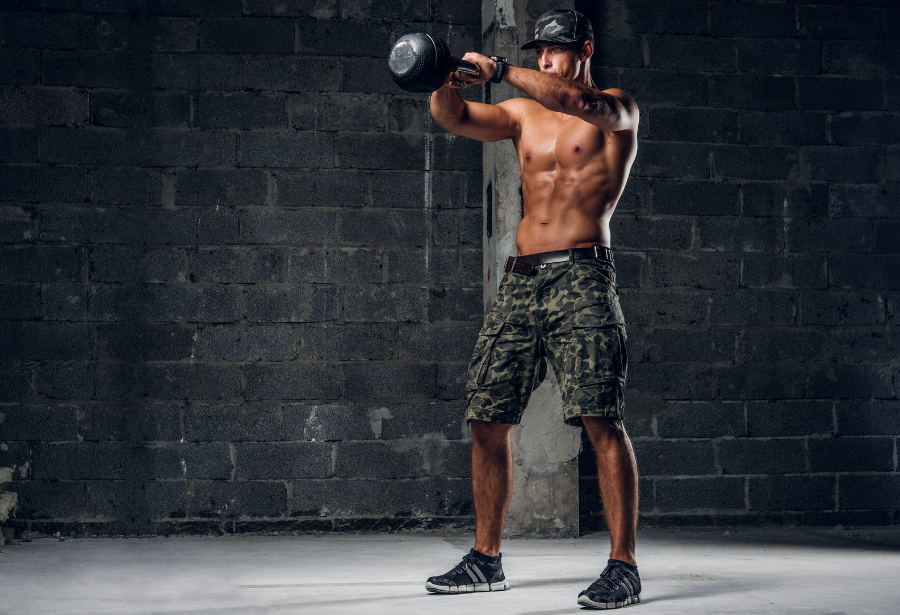Introduction
The straddle planche is a remarkable display of body control and strength, often seen in gymnastics and calisthenics. Mastering this skill not only enhances physical capabilities but also boosts confidence and discipline. The journey to achieving a straddle planche involves understanding its benefits, anatomical requirements, and the rigorous training process.
Anatomy and Muscles Involved
The straddle planche primarily engages the shoulder girdle, core, and hip flexors. Secondary muscle groups include the chest, back, and glutes. Flexibility plays a critical role in achieving the wide leg position, minimizing the strain on the lower back and allowing for better balance and control.
Prerequisites for Straddle Planche
Before attempting a straddle planche, it’s essential to build foundational strength and flexibility. Core stability, shoulder strength, and hip flexibility are crucial. Fundamental skills such as handstands, L-sits, and tuck planches should be mastered to create a solid base.
Warm-up and Conditioning

Warming up prepares the body for the intense demands of planche training. A good warm-up should include dynamic stretches, mobility drills, and light cardio. Conditioning exercises like push-ups, hollow holds, and scapular retractions help build the necessary strength.
Progressions to Straddle Planche
Progressions are key to safely and effectively achieving a straddle planche. Starting with tuck planches, moving to advanced tuck planches, and then to straddle planche leans allows the body to adapt progressively. Each stage should be practiced until a level of comfort and control is achieved.
Techniques and Form
Proper form is crucial for success and injury prevention. The body should be in a straight line from head to toe, with shoulders protracted and scapula depressed. Common mistakes include piking at the hips and bending the arms, which can be corrected through focused practice and feedback.
Flexibility Training

Flexibility is as important as strength in planche training. Incorporating static stretches for the hips and dynamic stretches for the shoulders helps maintain the wide leg position. Regular flexibility training ensures that the body remains agile and reduces the risk of injuries.
Strength Training

Targeted strength exercises such as planche push-ups, dips, and ring supports are essential. Combining these with flexibility training and applying the principle of progressive overload ensures continuous improvement. Gradually increasing intensity and volume helps in building the necessary strength.
Core Conditioning
A strong core is vital for maintaining balance and control. Exercises like leg raises, planks, and dragon flags should be included in the routine. Core conditioning not only supports the planche but also enhances overall body strength and stability.
Balance and Coordination
Balancing techniques involve practicing on different surfaces and using tools like balance boards. Coordination drills, such as transitioning from handstands to planches, improve the mind-muscle connection. Consistent practice helps in achieving fluid movements and better control.
Common Injuries and Prevention
Common injuries include shoulder impingement, wrist strain, and lower back pain. Prevention strategies include proper warm-up, gradual progression, and listening to the body. Rehabilitation exercises like rotator cuff strengthening and wrist mobility drills aid in recovery.
Training Routine
A well-structured training routine balances planche practice with other workouts. A sample weekly plan includes specific days for strength, flexibility, and rest. Adjusting the routine based on progress and avoiding overtraining are crucial for long-term success.
Nutrition and Recovery

Nutrition plays a significant role in strength training. A diet rich in protein, healthy fats, and carbohydrates supports muscle growth and recovery. Adequate rest, hydration, and recovery techniques like foam rolling and stretching are essential for maintaining performance.
Conclusion
Mastering the straddle planche is a rewarding journey that enhances physical and mental strength. Key points include the importance of foundational skills, progressive training, and balancing strength with flexibility. Aspiring athletes are encouraged to stay dedicated and seek continuous improvement.



